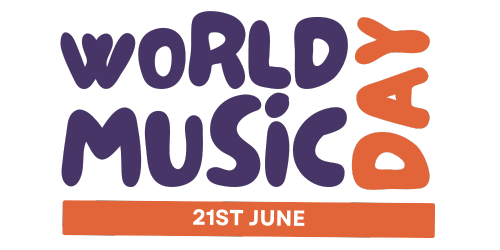-
2× £0.99
-
1× £0.99
-
1× £0.99
Subtotal: £3.96
40 World Music Day Activitieis For A Level Students. Get ready to celebrate the diversity of music and embrace the sounds of the world! World Music Day is the perfect occasion to delve into different cultures, discover new genres, and broaden your musical horizons. And what better way to do so than with our specially curated list of 40 activities perfect for A Level students! From learning traditional instruments to composing your own world music inspired piece, this guide has got you covered. So grab your notepads, put on your dancing shoes, and let’s dive into 40 of the best World Music Day Activities For A Level Students :
These are just a few of the many exciting and educational activities that A Level students can participate in to celebrate World Music Day. Whether they are exploring different genres of music, studying the cultural significance of global music traditions, or creating their own musical works inspired by world music, students will have the opportunity to deepen their appreciation for the rich and diverse musical heritage of our world. I hope you enjoyed our 40 World Music Day Activities for A Level Students. Why not leave a comment below with which one you’ll be using this World Music Day?
This website stores cookies on your computer. Cookie Policy
